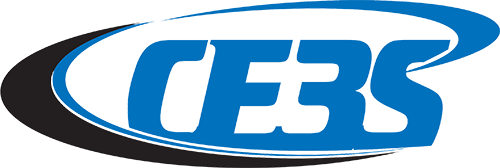Introduction
Wafer bonding is a critical process in industries ranging from semiconductor manufacturing and optics to MEMS fabrication and photovoltaics. The ability to reliably join and later separate delicate substrates can determine not only yield but also overall production efficiency. For engineers and researchers working in small-batch environments, choosing the right bonding solution is key to balancing precision, repeatability, and ease of use.
The Challenge
Traditional bonding methods can leave behind residues, cause stress on sensitive materials, or make demounting unnecessarily complex. For applications that demand exact alignment, temperature stability, and surface integrity, even small inconsistencies can lead to costly setbacks.
A Smarter Approach to Bonding
That’s where modern bench-top wafer bonding solutions come into play. Compact yet powerful, these systems provide:
- Precision control of heat, pressure, and timing for consistent results.
- Versatile adhesive compatibility, giving users flexibility across materials and applications.
- Clean, residue-free demounting, ensuring substrates remain intact for downstream processes.
Best Practices
CE3S in collaboration with The Millice Group of Companies, recommends the following products and processes for the best results.
1. Apply the adhesive
Remove WaferGrip™ or TrueGrip™ adhesive from the release paper and apply it at room temperature to the mounting substrate (e.g., sapphire or glass). Place the work piece on top of the adhesive.
About the adhesives: WaferGrip™ (WG) and TrueGrip™ (TG) are advanced composite film adhesives engineered for bonding wafers, thin film heads, optics, and other substrates during dicing, grinding, lapping, and polishing. Available in both pre-cut and sheet geometries, they provide efficiency and convenience while ensuring residue-free removal.
2. Bond the assembly
Heat the assembly in the WaferBonder DXB 880 for approximately 5-10 minutes, with the exact duration determined by the target bonding temperature. The applied pressure should be adjusted according to the substrate size and material type. In a practical operation, complete bonding generally requires 8-30 minutes, depending on the application, to achieve void-free bonding, using the vacuum chamber to achieve that void-free bonding.
About the equipment: While the DXB Series Wafer Bonders are designed for use with WaferGrip and TrueGrip adhesives, they can also be used with any type of hot melt adhesives (HMA) or waxes, enhancing bond quality, repeatability, and process efficiency during lapping, polishing, and dicing.
3. Remove the adhesive
To remove WaferGrip or TrueGrip, use StripAid X Solvent.
About the solvent: StripAid X is a biodegradable hydrocarbon plasticizer formulated for debonding WaferGrip and TrueGrip adhesives. Non-hazardous and environmentally friendly, it is widely used in processes where reducing environmental impact is a priority.
Why This Matters
By leveraging advanced bonding tools, manufacturers and researchers can:
- Improve process reliability and reduce rework.
- Protect delicate materials during both bonding and separation.
- Streamline workflows for small-batch production without sacrificing quality.
Beyond the Process
The real value lies in how these systems support innovation. Whether you’re prototyping MEMS devices, optimizing optical components, or driving advances in photovoltaics, having a reliable bonding and debonding process means your team can focus more on design breakthroughs—and less on troubleshooting process variability.
Conclusion
Wafer bonding doesn’t have to be a bottleneck. With the right equipment in place, organizations can achieve the precision and flexibility their applications demand while minimizing risks and inefficiencies.
👉 Curious how a bench-top bonding system could streamline your workflow? Our team can walk you through best practices and help you identify the right solution for your applications. Contact sales@ce3s.com today for more information. Conditional demo systems are available to the serious user.
